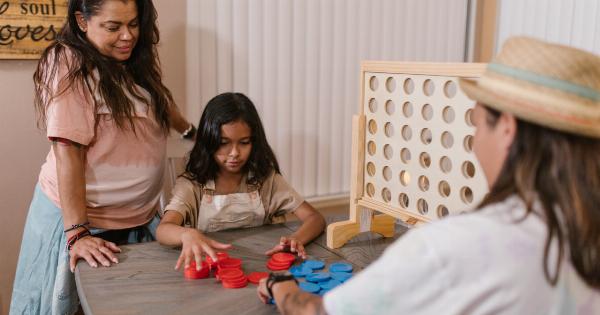As dog owners, we have all experienced those moments when our furry friends give us the infamous “guilty look.” You know the one – the lowered head, the droopy eyes, and the hunched body that seems to say, “I’m sorry, but I can’t tell you what I did wrong.” It’s a behavior that has puzzled and fascinated researchers and dog lovers alike. But what really goes on in a dog’s mind when they give us the guilt trip?.
Can dogs really feel guilt?
Before we dive into understanding the dog’s mind, it’s essential to address a common misconception – can dogs genuinely feel guilt? The short answer is no.
Dogs lack a complex range of emotions like humans, including the ability to feel guilt. So, while they may look guilty, their expressions are not a result of remorse or actual understanding of wrongdoing.
The truth behind the “guilty look”
So, if dogs can’t feel guilt, why do they give us those puppy eyes that make us want to believe they do? The answer lies in their ability to read our emotions and respond to our reactions.
Dogs are incredibly perceptive creatures, and they can sense when their owners are displeased or upset. When they exhibit the “guilty look,” they are merely trying to appease their humans to mend the perceived rift in the relationship.
Associative learning and body language
Dogs have an incredible ability to learn through association. They quickly learn that certain behaviors are linked to our displeasure – whether it’s the sight of a chewed-up shoe or a knocked-over vase.
Their guilty expressions are a result of this associative learning. They know that a certain look or body language on their part has previously led to forgiveness from their owners.
Human interpretation and projection
As humans, we tend to project our own emotions and thoughts onto our pets. We interpret their behaviors in a way that makes sense to us.
So, when we see our dog’s guilty look, we assume they understand their actions were wrong, and they feel remorse. It’s crucial to remember that dogs live in the present moment and do not possess the same cognitive abilities as humans.
Reinforcing guilt: unintended consequences
While the “guilty look” may be endearing to us, it is important to consider the unintended consequences it can have on our dogs’ well-being.
When we react strongly with anger or disappointment, we unintentionally reinforce their guilty behavior as a way to seek our forgiveness. Over time, this can lead to the worsening of behavioral issues as dogs learn to associate guilt with attention from their owners.
Understanding your dog’s body language
The key to truly understanding our dogs’ emotions lies in interpreting their body language accurately. Instead of assuming guilt, we should focus on observing their posture, tail position, and other physical cues.
A lowered head and direct eye contact are often signs of submission or fear, rather than guilt. By honing our ability to read their body language, we can better understand our dogs’ needs and emotions.
Building a trusting relationship
Ultimately, our goal as dog owners should be to build a trusting and respectful relationship with our pets.
Instead of reacting with anger or disappointment when faced with a “guilty” dog, we can approach the situation with empathy and understanding. By focusing on positive reinforcement and rewarding desired behaviors, we create an environment where our dogs feel secure and loved.
The importance of training and socialization
Proper training and socialization play a significant role in preventing behavioral issues in dogs. By providing them with the necessary skills and experiences, we empower them to make the right choices and reduce the likelihood of destructive behavior.
Training should focus on positive reinforcement techniques, avoiding punishment or negative reinforcement that can lead to fear or anxiety in dogs.
Embracing unconditional love
At the core of our relationship with our dogs is unconditional love. While they may not experience guilt in the same way we do, they love us unconditionally.
Embracing this love means understanding our dogs’ limitations and appreciating the unique bond we share, free from unrealistic expectations.
In Conclusion
The “guilty look” that dogs give us is a fascinating behavior that stems from their ability to read our emotions and react to our responses.
While they may not genuinely feel guilt, their expressions are a result of associative learning and a desire to please their owners. By understanding our dogs’ body language, focusing on positive reinforcement, and building a trusting relationship, we can strengthen our bond and create a harmonious life together.





























